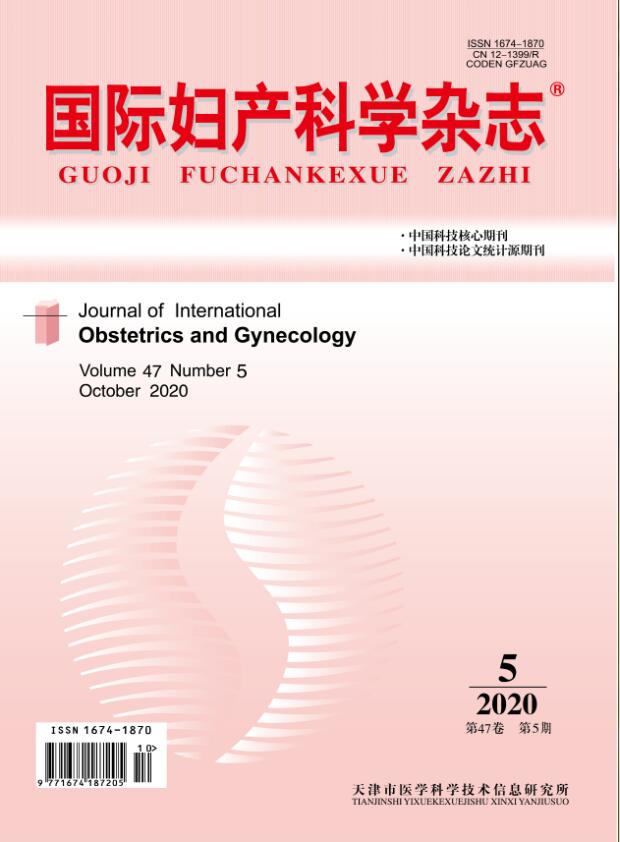|
|
Clinical Study of Ursodeoxycholic Acid Combined with Low Molecular Weight Heparin Calcium Injection and Ademetionine 1,4-Butanedisulfonate in the Treatment of Intrahepatic Cholestasis of Pregnancy
CHEN Zhi-min,NIU Yang,LIU Xiao,ZHAO Shuang-yi
2017, 44 (6):
642-646.
Objective:To observe the clinical efficacy of ursodeoxycholic acid combined with low molecular weight heparin calcium injection and adenosine methionine methionine in the treatment of intrahepatic cholestasis of pregnancy. The levels of serum bile acid (TBA), alanine aminotransferase (ALT) and aspartate aminotransferase (AST) were analyzed. Methods:According to different treatment methods, 135 patients with ICP were divided into A, B and C group (n=45). The three groups were treated by routine therapy. Group A patients with oral ursodeoxycholic acid tablets. On this basis, group B was injected with adenosylmethionine disulfonate. On group B basis, group C was injected with low molecular weight heparin calcium injection. The clinical efficacy and pregnancy status of the three groups were compared and the levels of TBA, ALT and AST were measured in all subjects before and after treatment. Results:After treatment, the clinical effective rate of group C was 93.33% higher than that of group A and B (P<0.05). Before treatment, there was no significant difference in the score of itching between the three groups (P>0.05). After treatment, the scores of the three groups were significantly lower than those before treatment (P<0.05), and group C was lower than group A and B (P<0.05), and group B was lower than group A (P<0.05). Before treatment, there was no significant difference in the levels of TBA, ALT and AST between the three groups (P>0.05). After treatment, the levels of TBA, ALT and AST in the three groups were significantly lower than those before treatment (P<0.05), and group C was lower than group A and B (P<0.05), and group B was lower than group A (P<0.05). After treatment, the incidence of cesarean section, premature birth, fetal distress and amniotic fluid pollution in group C were lower than those in group A and B, and the overall incidence of group C was significantly lower than that of group A and B (P<0.05). Conclusions:Ursodeoxycholic acid combined with low molecular weight heparin calcium injection and adenosine methionine methionine in the treatment of ICP patients with clinical efficacy is significant. And it can be more effective inrelieving the degree of pruritus, reducing serum TBA, ALT and AST levels, protecting the liver, reducing fetal distress and amniotic fluid Pollution and other circumstances, which is the clinical potential of the ideal program.
【Keywords】
Related Articles |
Metrics
|

